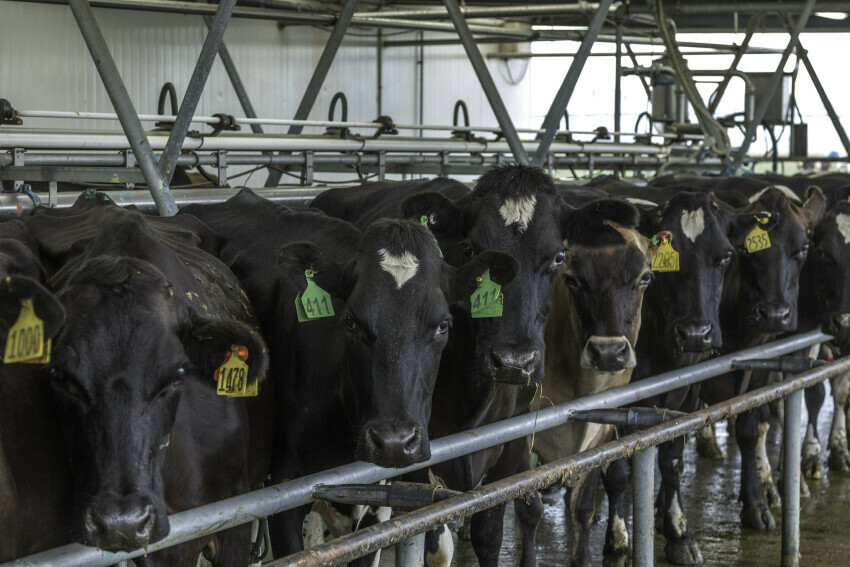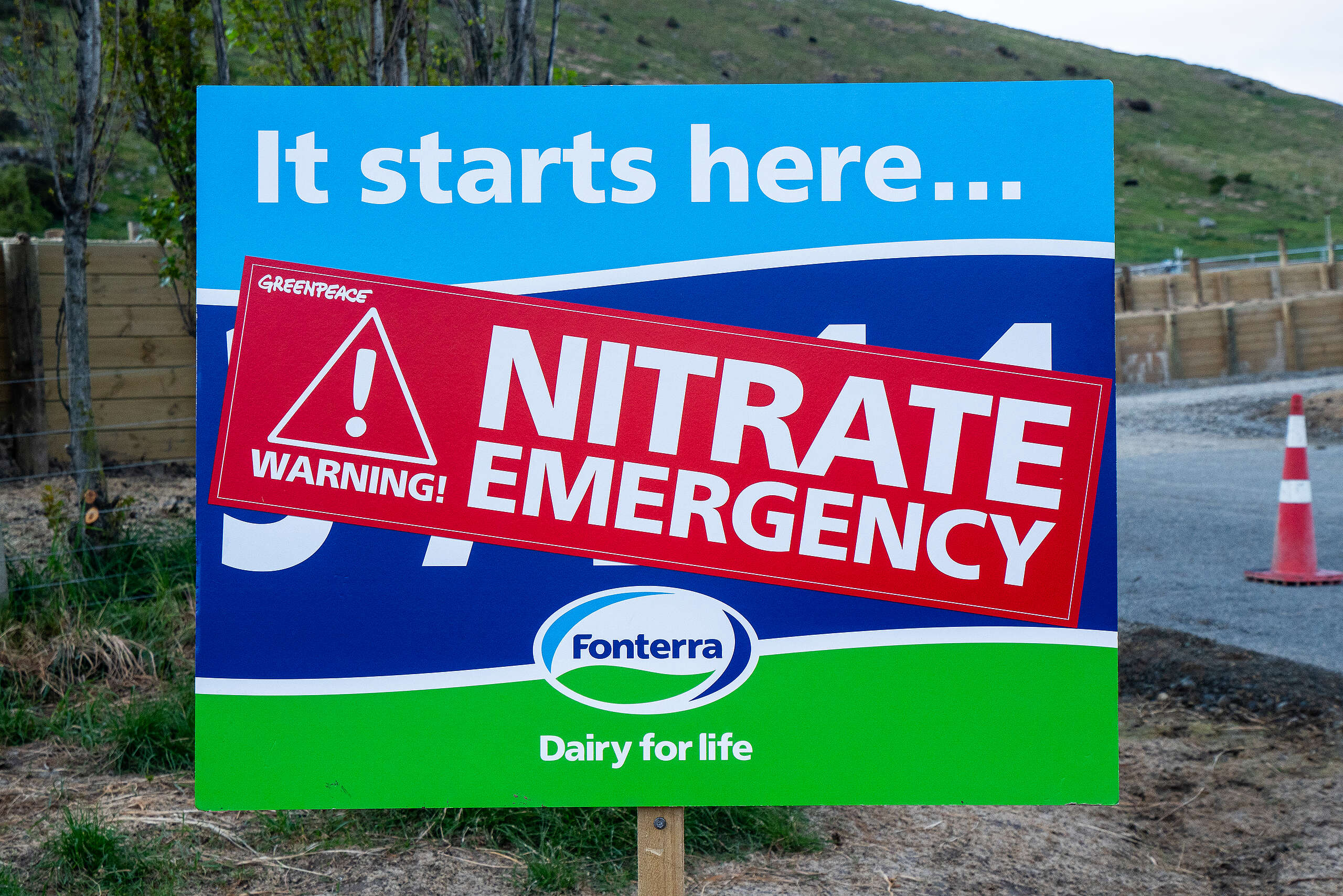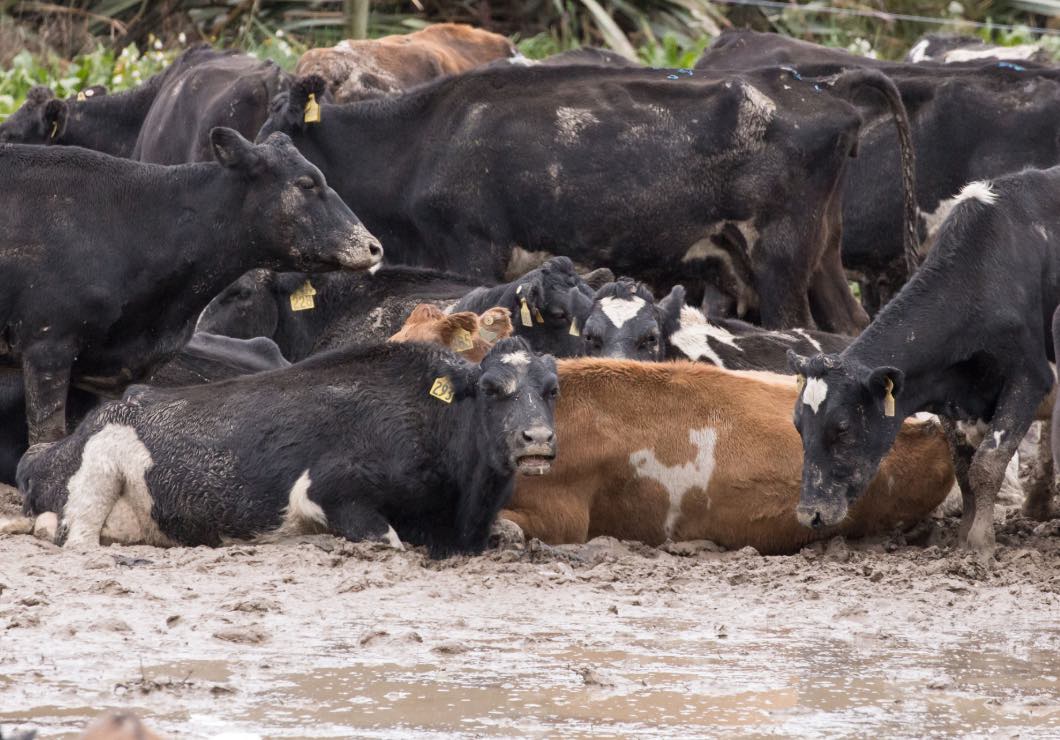Greenpeace Aotearoa strongly disagrees with the proposed amendment to the Maximum Residue Limit (MRL) for glyphosate.
Greenpeace Aotearoa strongly disagrees with the proposed new MRL for glyphosate of 10 mg/kg for wheat, oats and barley, and also with the proposed new MRL for glyphosate of 6 mg/kg for peas.
For wheat, oats and barley, this is a 100-fold increase. We note that for wheat, this is double the permissible limit allowed in both Canada and Australia.
The proposal to increase the MRL for glyphosate under the Food Act lacks a reliable scientific foundation, and we can see no meaningful justification for a 100-fold increase. We submit that the maximum residue limit should be kept at 0.1 mg/kg.
The World Health Organisation’s cancer agency, the IARC, classifies glyphosate as a probable human carcinogen and also states that there is strong evidence it is genotoxic.
This isn’t a debate about whether glyphosate is safe – it is not safe. The question MPI is asking with this proposal is about the level of risk the New Zealand Government is willing to expose the public to.
Increasing glyphosate residues on the grains that feed us every day by 100-fold is an unacceptable level of risk to New Zealanders’ health.
A large body of scientific evidence has demonstrated harm to human health and the environment from glyphosate. This will not be reiterated here as it has been already summarised by the Environmental Law Initiative in Appendix two of their recent application to the Environmental Protection Agency (EPA) for the reassessment of glyphosate.
We understand that some Government agencies take a different view to the WHO on the harmful effects of glyphosate, but we would like to point out that this is generally based on using industry data. As stated by the WHO:
“Many regulatory agencies rely primarily on industry data from toxicological studies that are not available in the public domain. In contrast, IARC systematically assembles and evaluates all relevant evidence available in the public domain for independent scientific review… In the interests of transparency, IARC evaluations rely only on data that are in the public domain and available for independent scientific review.”
MPI has not laid out any kind of robust evidence for how they came up with the numbers for the proposed new glyphosate MRLs, nor have they proactively provided the toxicology reports or data that they used in their assessment. However, we would like to remind MPI that industry has an obvious vested financial interest in ensuring they can continue to sell their products and unless their data has gone through a rigorous scientific review and is publicly available it is Greenpeace’s position that it should not be used in risk assessments.
This proposal to increase the MRL is especially concerning given the EPA has never formally assessed glyphosate in Aotearoa. Since Roundup was first approved in the 1970s, there is no record of a comprehensive risk assessment. When significant new information regarding the effects of a substance has become available, the HSNO provides a pathway for the EPA to reassess the substance.
Since glyphosate was approved for use in Aotearoa over five decades ago, evidence has mounted. Bayer (which now owns Monsanto) has already been ordered by U.S courts to pay billions in damages to people harmed by Roundup. There are 60,000 legal cases against Bayer’s Roundup that are still pending.
Despite this, last year the EPA declined to reassess glyphosate under the HSNO. This decision is being challenged by the Environmental Law Initiative in the high court.
The substantial evidence of harm and current ongoing legal challenges around glyphosate adds further weight to our position that the MRL for glyphosate should not be increased.
Raising the glyphosate MRL gives tacit approval by the Government for the increased and ongoing use of agrichemicals in the food system. Instead of making it easier to spray toxic chemicals on our food, the Government should be supporting farmers to transition to ecological farming that protects people and the planet.




